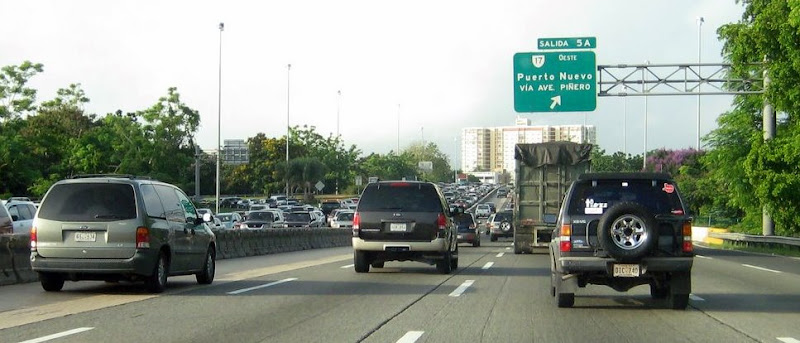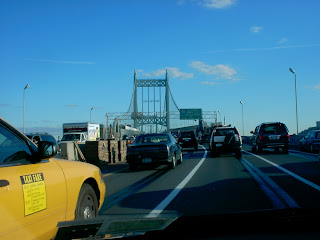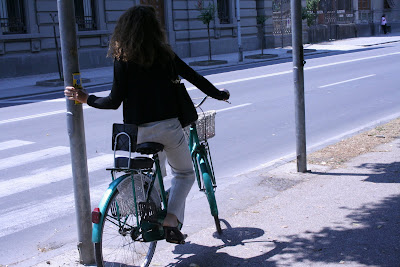
A Beautiful Morning's Commute in San Juan, Puerto Rico

The image on the left is a commute in New York City.

The image on the right is a commute in Austin Texas.
Lots of cars stuck in traffic. Lots of drivers who aren't driving... They're just sitting in their cars waiting for the opportunity to drive... and when they do get a chance to drive they are distracted.
Call me what you will, but I don't believe that mass transit will ever result in roads where cars aren't stuck in traffic. I have been to cities with very good mass transit, most notably San Francisco California, and I love being able to get around without using a car.
In San Francisco you can ride the train in from the airport, buy a transit pass, and go all over town on the trolleys, street cars, light rail, and buses. It's great.
We love our cars, and it is my personal belief that in metropolitan areas (during rush hour) there will always be as many cars on the road as can possibly fit on the road.

There are wonderful people out there who don't want to own a car and who actually enjoy not driving a car, and I applaud them.
If we'd all give up our cars the world might be a better place, but it's just not going to happen.
There will always be a lot of cars on the road... So there are two things that we really, really need to work on:
- Cars, especially those stuck in traffic, need to have a lot cleaner (or no) exhaust.
- We all need chauffeurs.
Cleaner cars is a no-brainer, but what about the chauffeurs?
In 2004 DARPA staged a Grand Challenge: Autonomous vehicles from several teams attempted to navigate a 142-mile route from Barstow California to Primm Nevada over rugged terrain. The challenge was not met... the most successful vehicle made it just 7.4 miles.
DARPA tried again in 2006, and got quite different results. Five robot vehicles completed the 132-mile course, the fastest in slightly under 7 hours.
In two years the state of autonomous cars (driven by robot chauffers) went from the best getting stuck after 7 miles to the best driving the entire course incident free in only 7 hours. That's a phenomenal improvement and hints that all of the technical factors necessary for practical autonomous vehicles are now close at hand. Let's hope that legal and regulatory factors don't keep all of us from having robot chauffers in our next cars.
Update:04Nov07 - DARPA's Urban Challenge for Autonomous Vehicles has a winner!

No comments:
Post a Comment